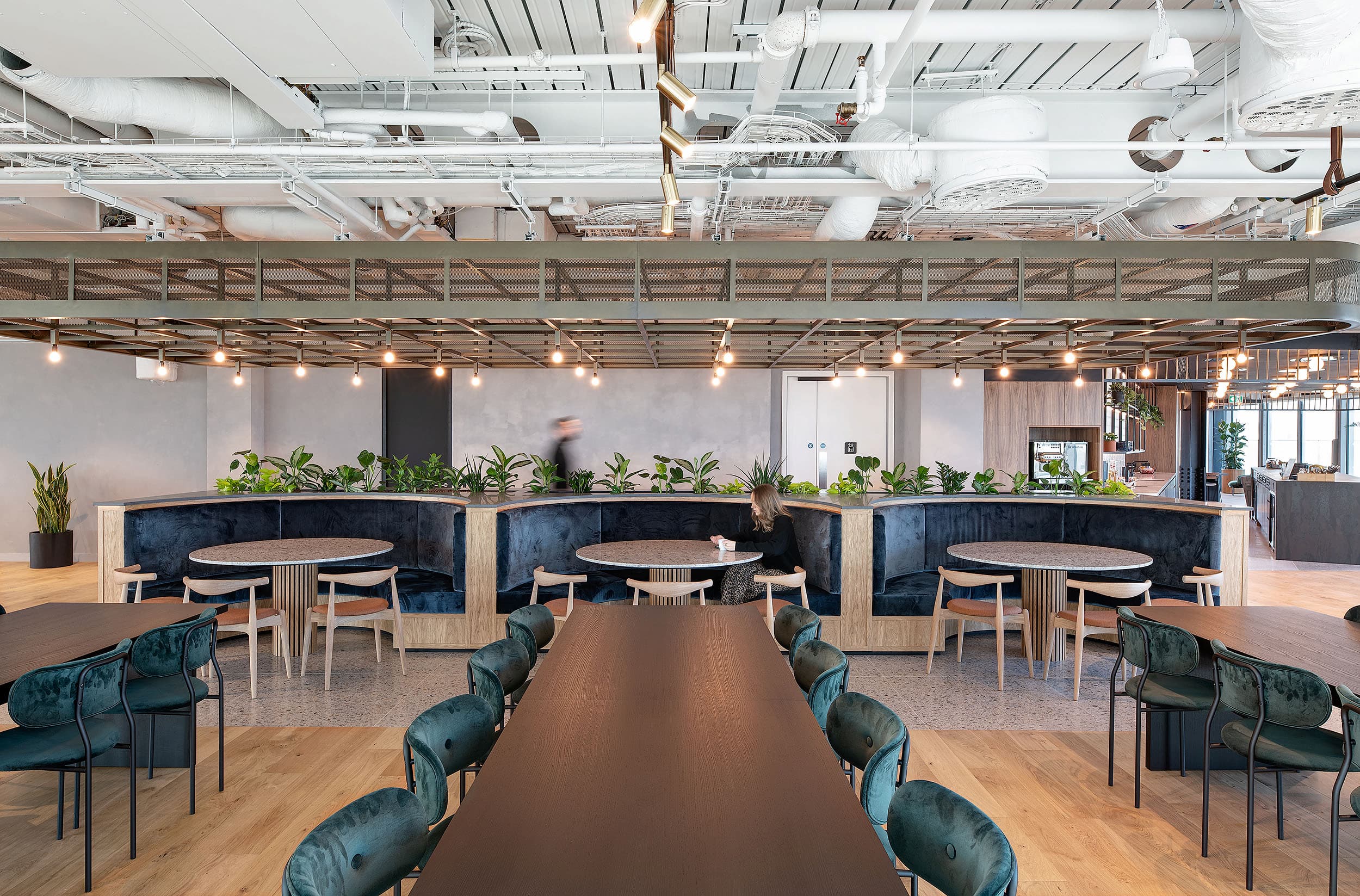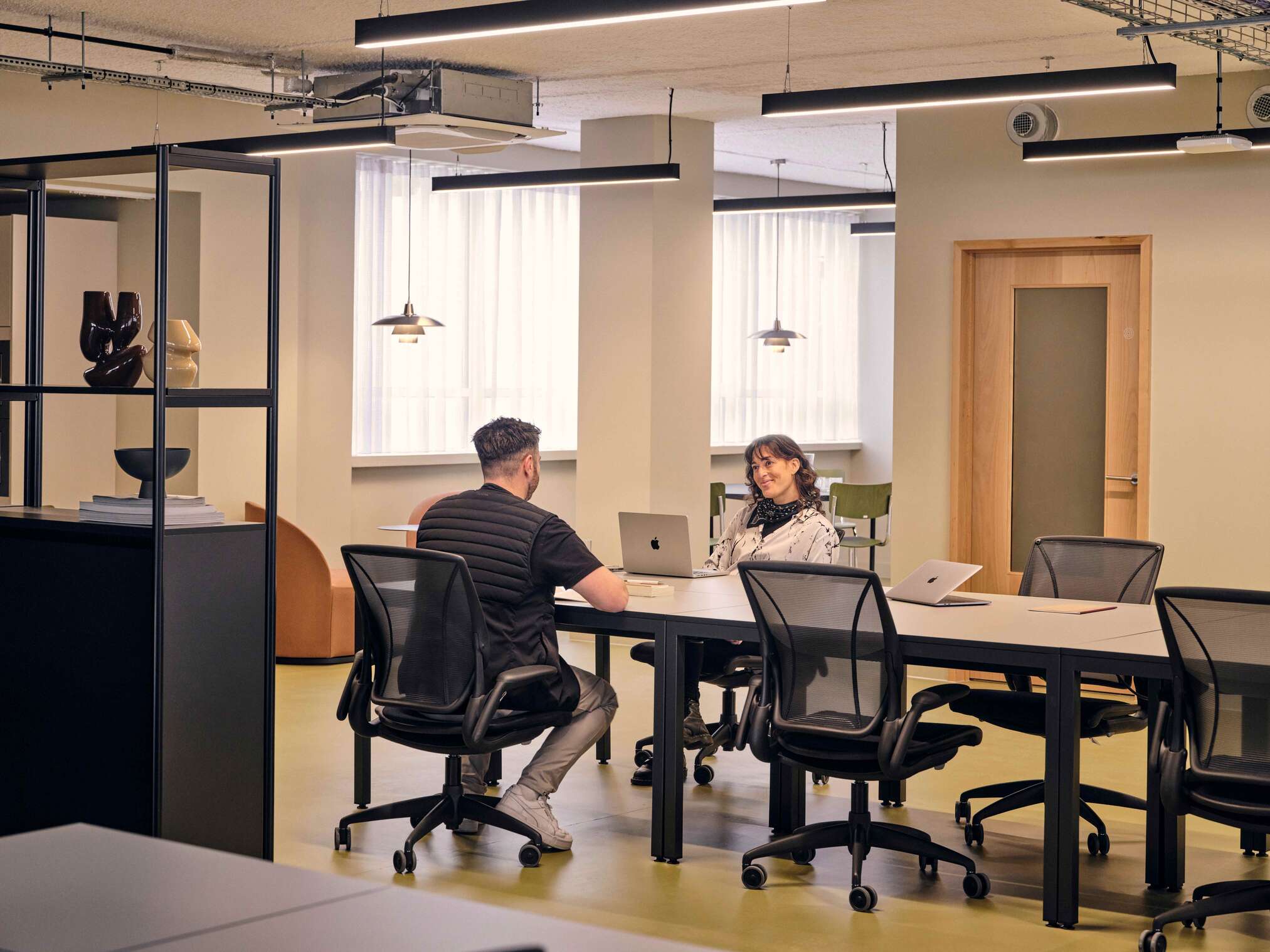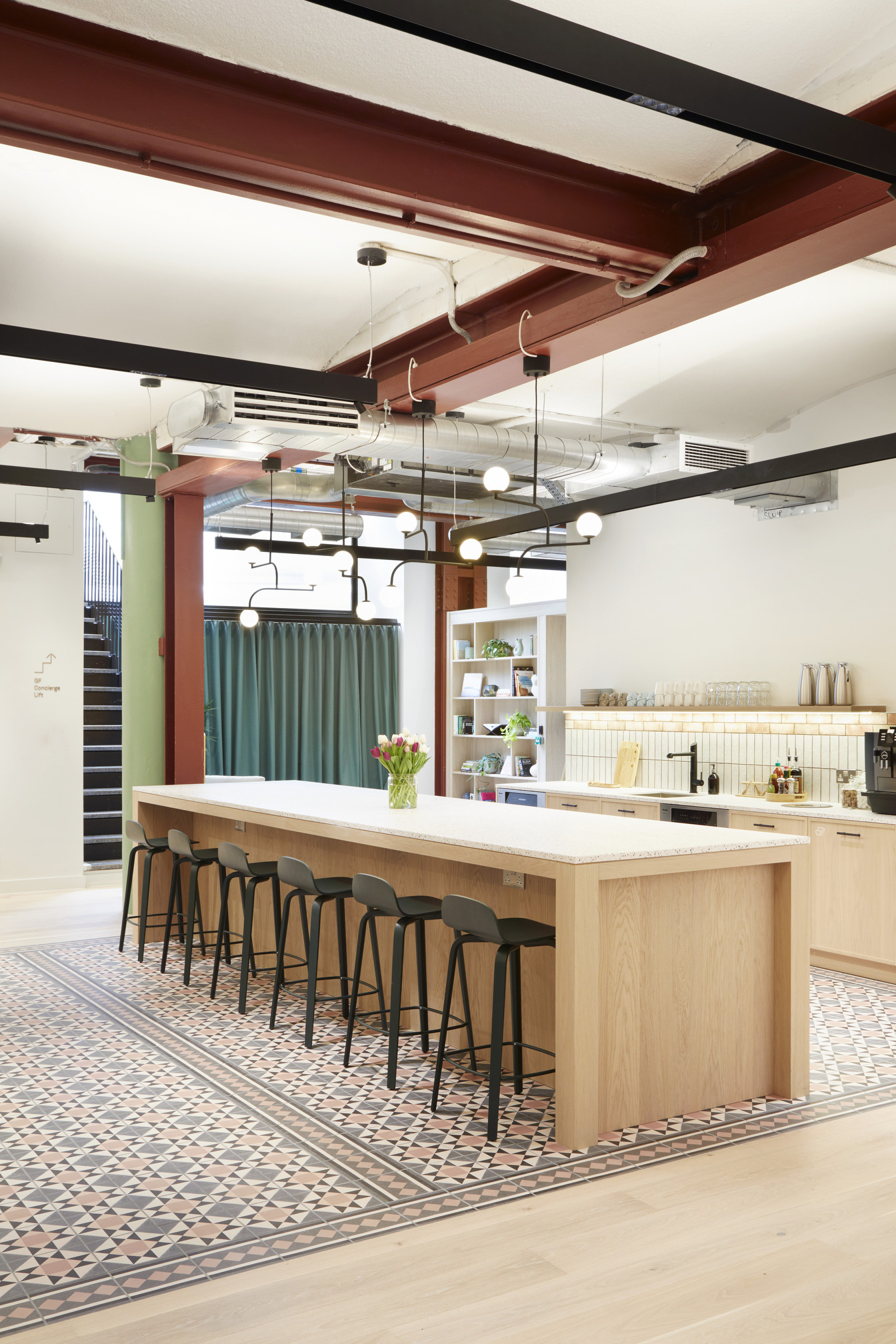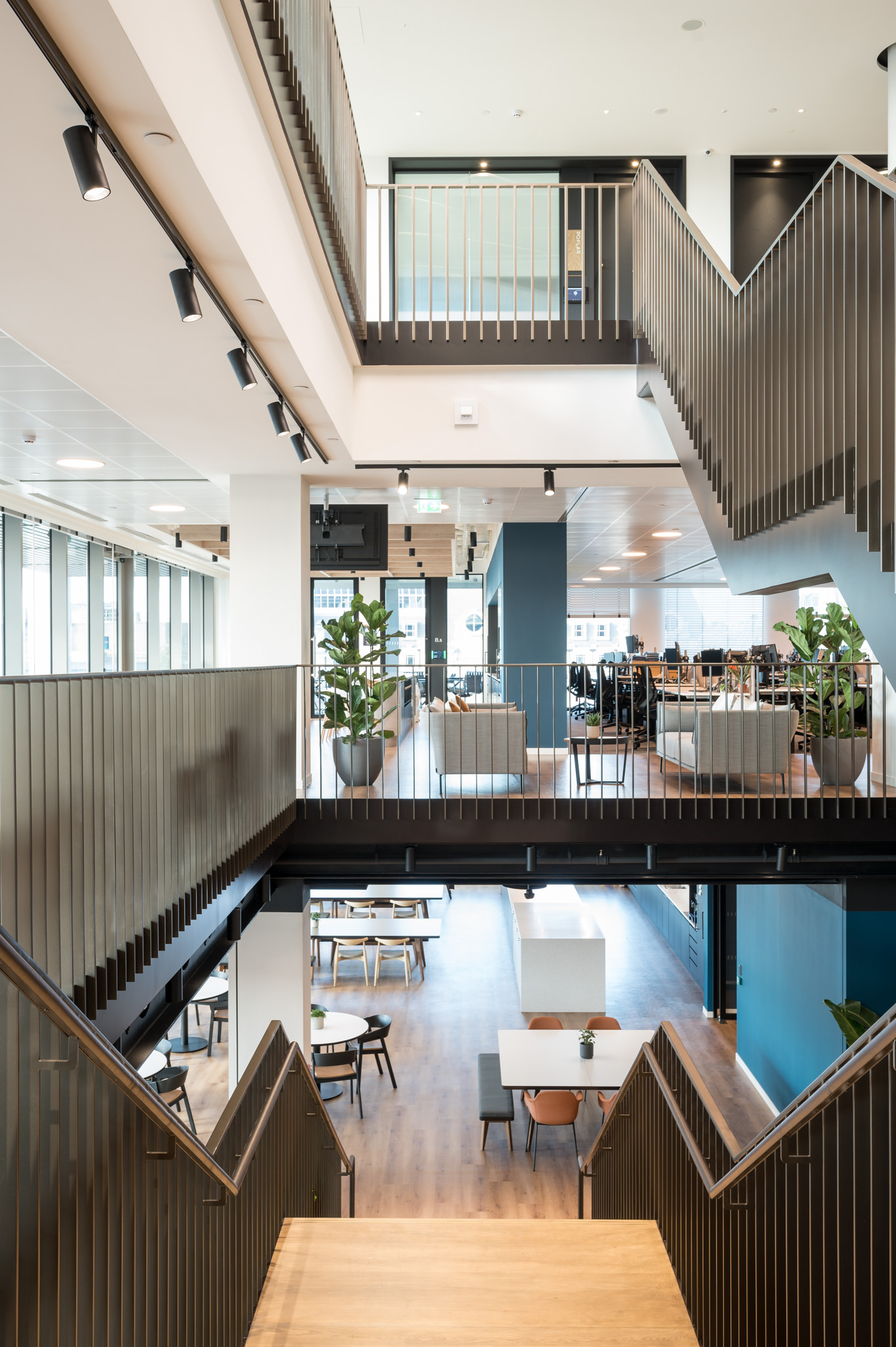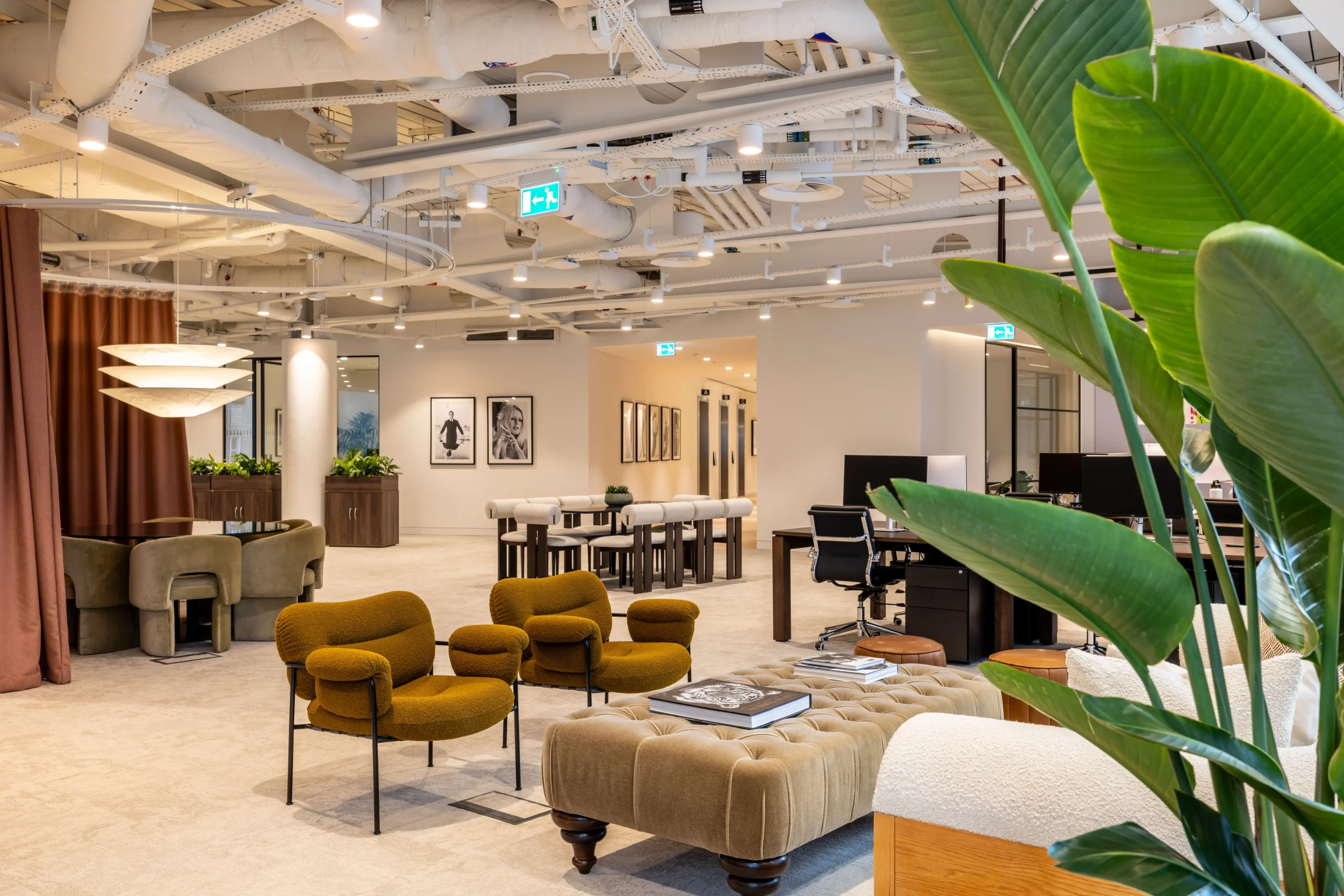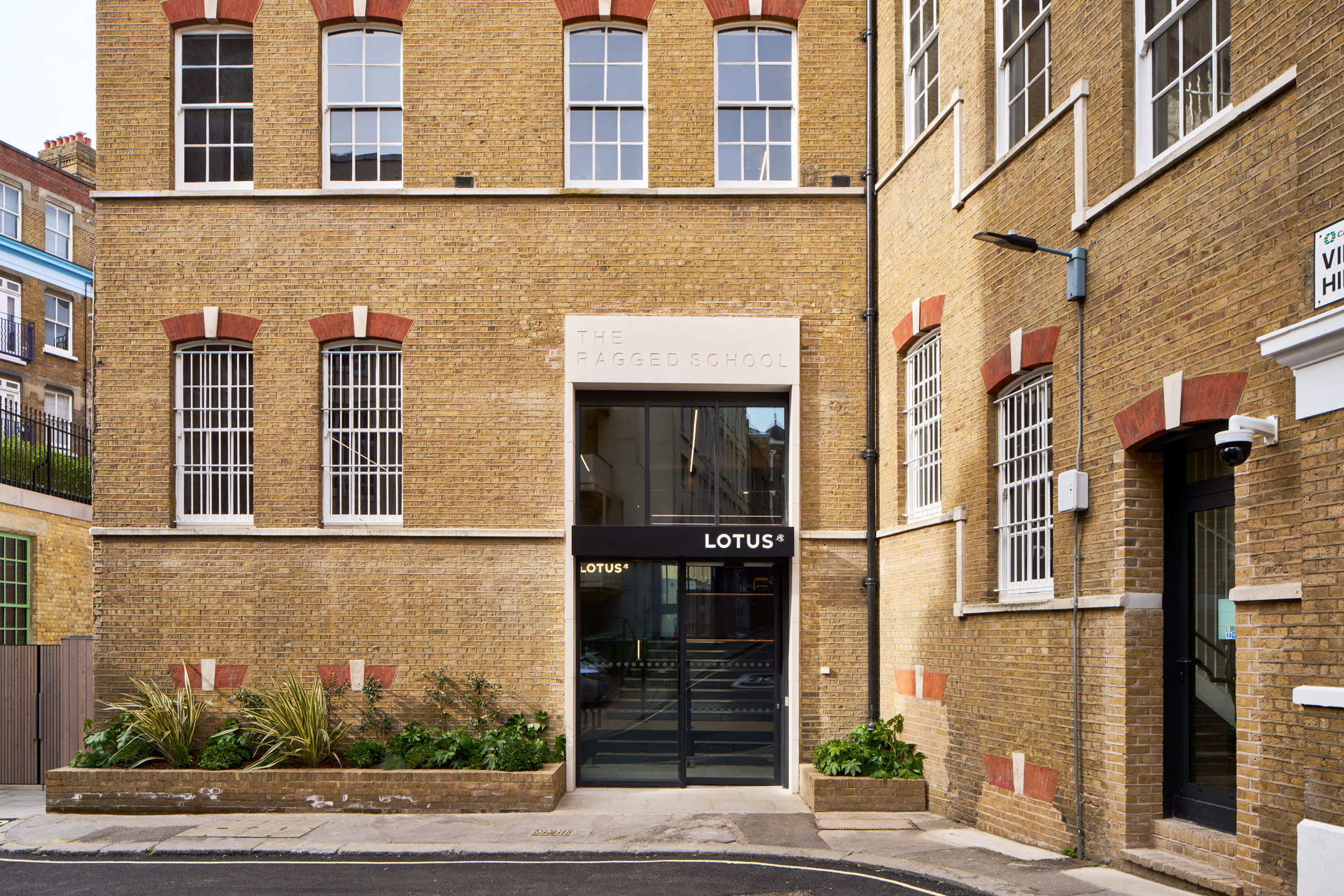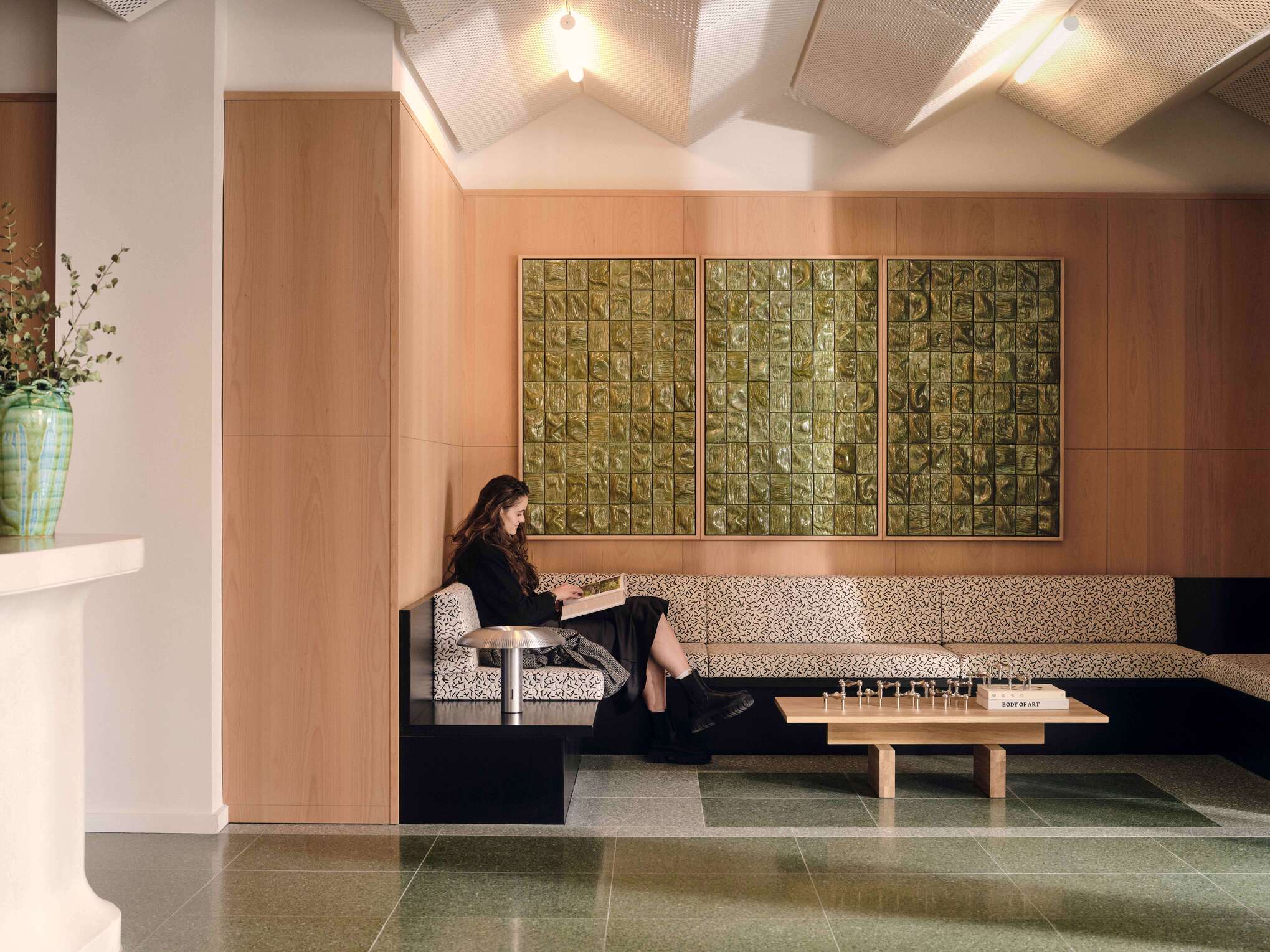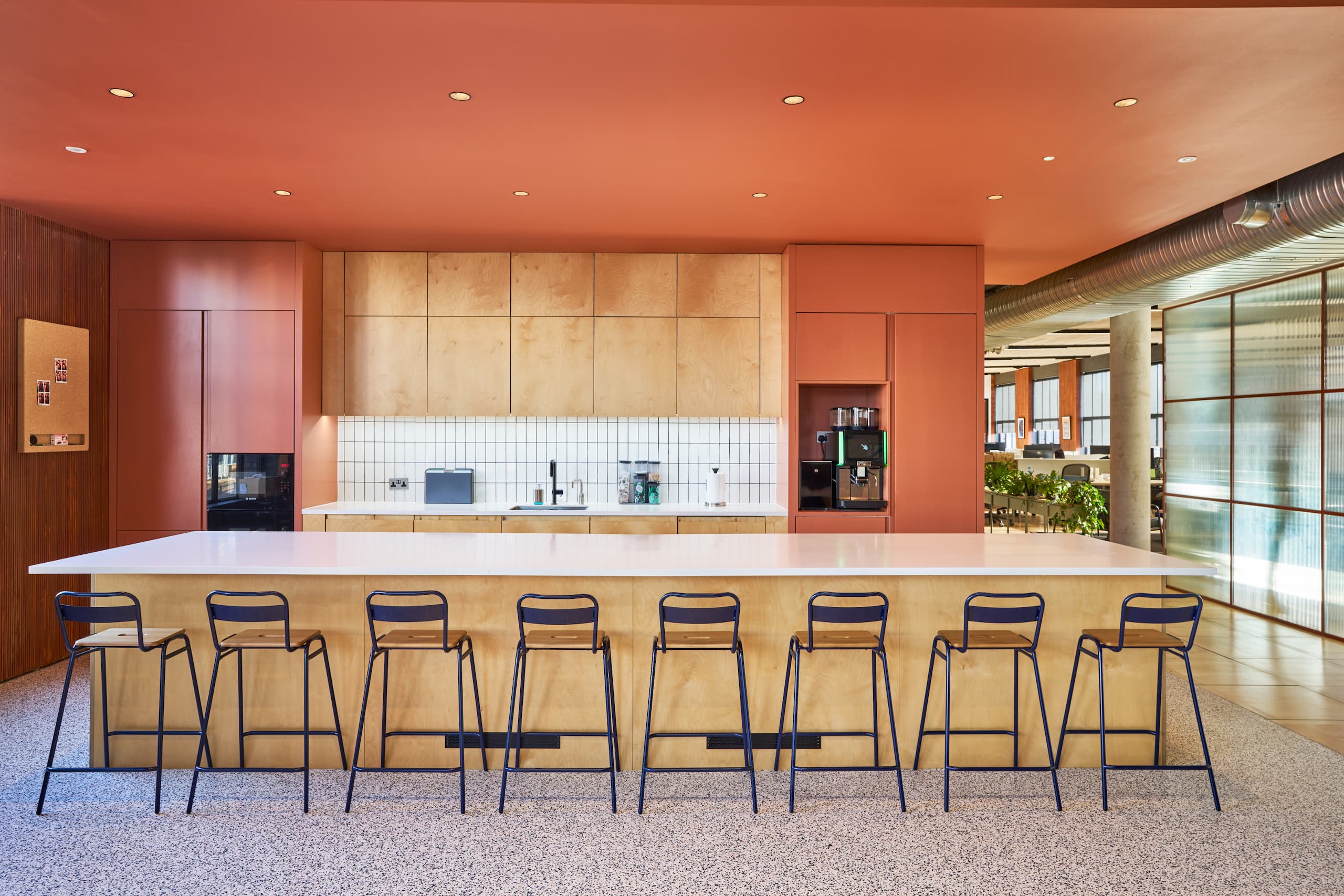What is STRIDE and How Does It Work?
Time is money in today’s commercial property market. Landlords want spaces occupied as quickly as possible, while tenants want control over their office design without facing excessive delays or cost overruns. Traditional procurement is often too slow and costly, while full design & build (D&B) can feel like a compromise on creative control.
This is where STRIDE comes in.
What Does STRIDE Stand For?
STRIDE stands for Stage Two/Three Rapid Integration, Development, and Execution. It is a structured approach to workplace fit outs that combines the design rigour of traditional procurement with the speed of D&B. STRIDE enables clients to retain control over the early stages of design while benefiting from an integrated, structured delivery model.
Unlike full D&B, STRIDE allows architects and design teams to lead on the early RIBA Stages before seamlessly transitioning into one integrated team to develop the detailed design. This ensures that design intent is preserved while maintaining programme certainty, cost control, and delivery efficiency.
Why STRIDE? Addressing the Challenges in Workplace Fit Outs
Traditional procurement models force clients to choose between design control and speed of execution. This trade-off often leads to budget overruns, slow decision-making, and disconnects between concept and delivery.
Common Challenges in Workplace Fit Outs:
- Lengthy programme – Traditional design processes can take much longer, due to limited design resources and inefficient design gateways and approvals.
- Budget uncertainty – Traditionally procured projects often result in cost overruns, as there is a disconnect between design and cost management.
- Fragmented responsibility – Clients are often left coordinating multiple consultants, leading to slower progress, miscommunication, and duplicated work.
- ESG goals – ESG goals are often addressed too late in the process, making it harder to implement meaningful sustainability measures without compromising design or cost.
STRIDE eliminates these challenges by ensuring that design intent, technical detailing, and cost planning are fully integrated throughout. This reduces risk, speeds up project timelines, and gives clients the best of both worlds: design excellence and efficient execution.
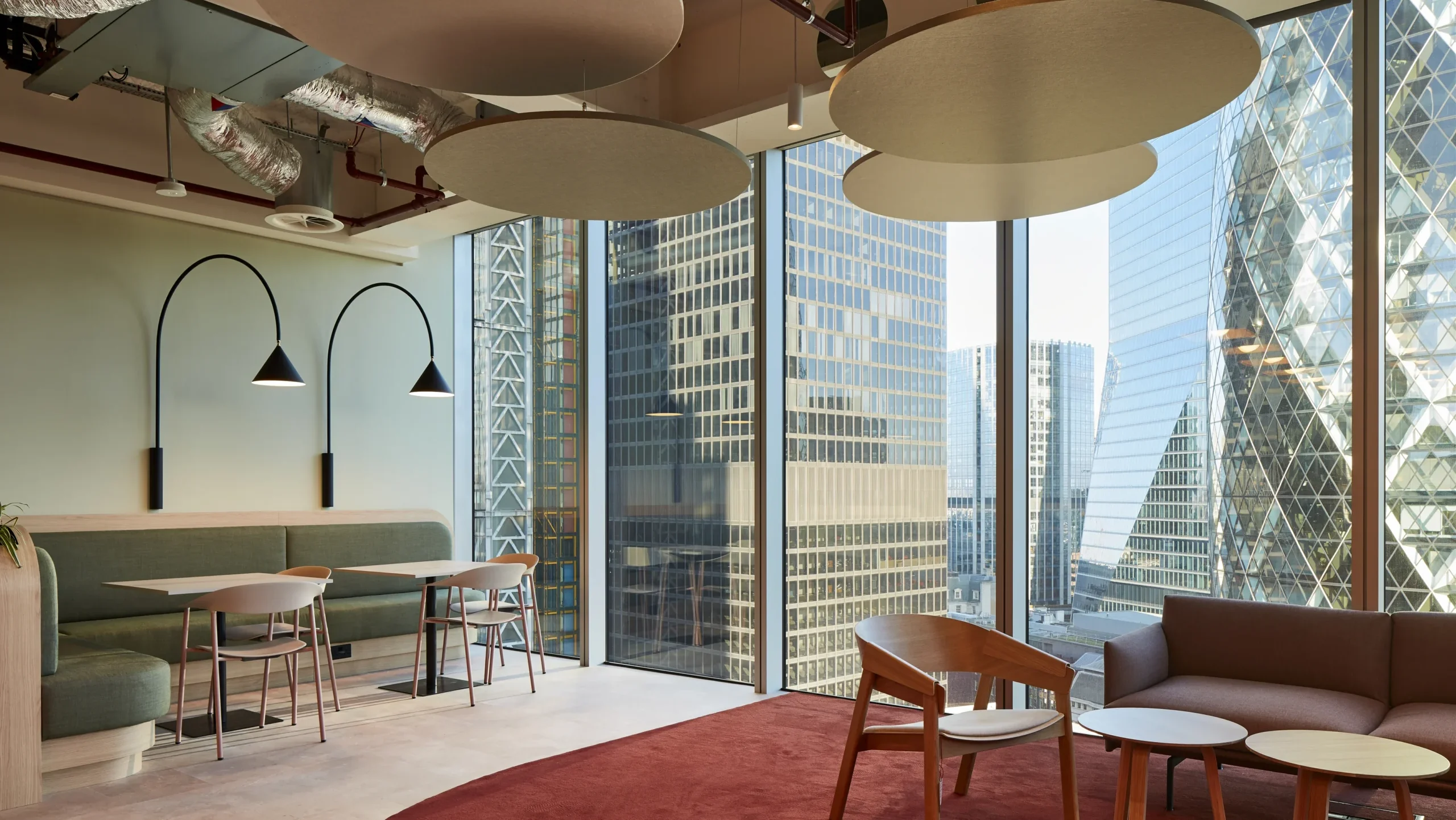
The STRIDE Process
The STRIDE model allows clients to appoint their own architects or lead designers for the early stages, ensuring their vision is locked in before transitioning to an integrated team that handles technical coordination, procurement, and construction execution.
- Architect-Led Concept Development (RIBA Stage 2/3)
At the early stages, the client works with an independent designer or architectural practice to define their design intent. This allows for:
- Creative control – Clients can work with their preferred architects to shape a vision that reflects brand identity, workplace culture, and operational needs.
- Early feasibility input – STRIDE’s technical teams ensure that concepts are not just aesthetic visions but are also technically and financially viable.
- ESG-focused strategies—Our in–house team integrates sustainability initiatives from the start to avoid last-minute compromises later in design or delivery.
- Structured Spatial Coordination (RIBA Stage 3)
Once the concept is finalised and we have been engaged, STRIDE supports the project to move into a structured technical phase.
- Coordination of all technical elements – MEP (mechanical, electrical, plumbing), structural integrity, and compliance standards are finalised.
- Cost certainty and value engineering – STRIDE eliminates late-stage budget surprises by ensuring that costs are locked in at this stage.
- Advanced digital modelling – Tools like Revit and Procore create a fully integrated digital workspace, allowing real-time updates and ensuring design coordination across trades.
- Centralised coordination – Rather than clients juggling multiple consultants, STRIDE works alongside your project manager to coordinate the full consultant team, ensuring momentum and reducing friction across disciplines.
- Rapid Execution with Full Accountability (RIBA Stage 4 & Beyond)
At this stage, STRIDE moves into execution mode, ensuring:
- One single point of accountability – STRIDE takes full design responsibility and acts as the main contractual entity, simplifying decision-making for clients.
- Faster project mobilisation – Because all technical details have been resolved, construction begins immediately, preventing unnecessary delays.
- Programme certainty and risk management – Clients benefit from fixed deadlines, ensuring projects remain on track without last-minute reworks.
STRIDE ensures that projects are well-planned and delivered with absolute precision by taking ownership of the critical transition from design to construction
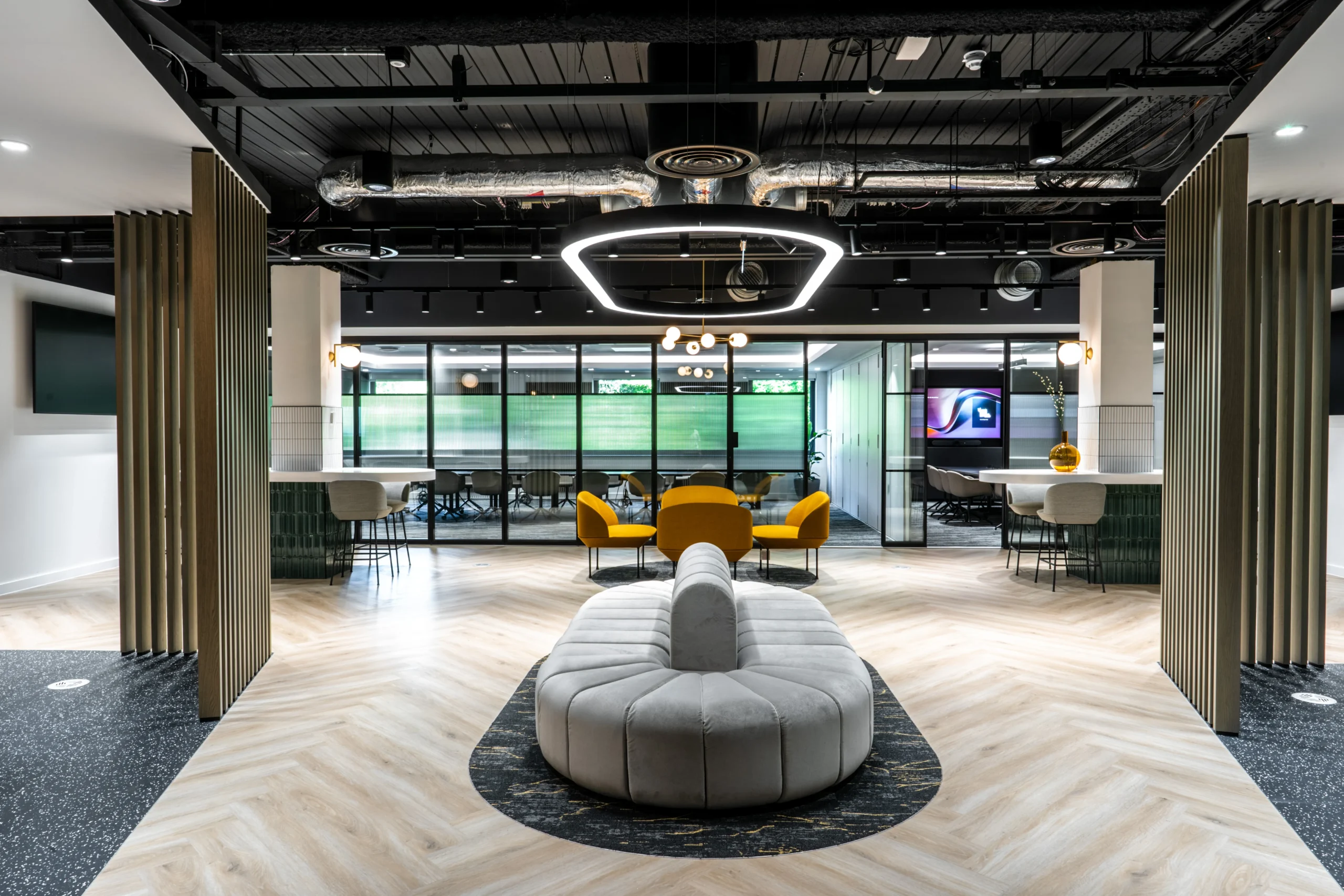
Why STRIDE
Faster by Design
STRIDE eliminates friction by working closely with your design team, using tools like Procore to streamline communication, approvals, and tracking. With access to a 40-strong design team, we can keep pace with demanding programmes without compromising quality.
Value by Design
With early risk identification, streamlined approvals, and a handpicked team from both consultancy and contracting backgrounds, STRIDE avoids duplication of effort and unnecessary costs. Clients benefit from broader options and competitive pricing via our wider supply chain.
Delivered as Designed
STRIDE ensures your vision is delivered exactly as intended. We collaborate with trusted names like Gensler, tp bennett, and BDG to build strong relationships and maintain design integrity through to delivery.

